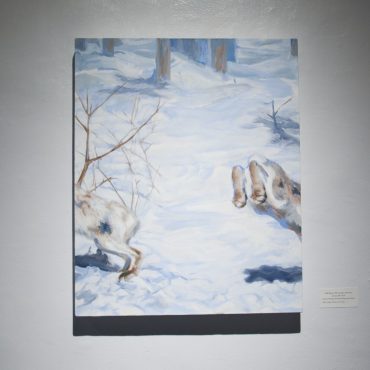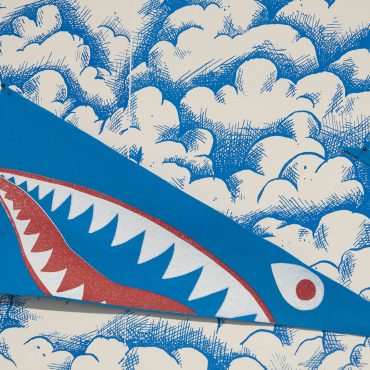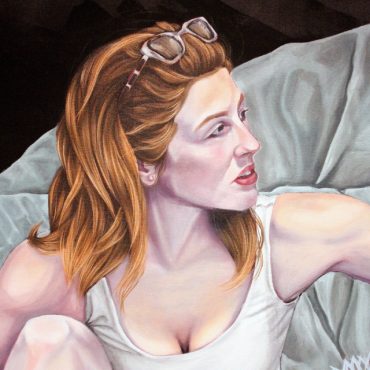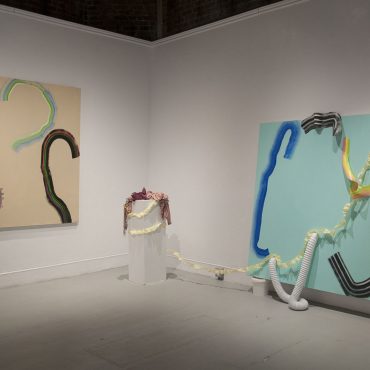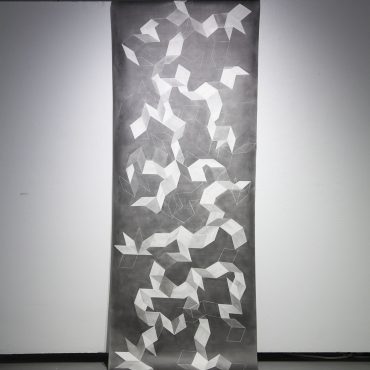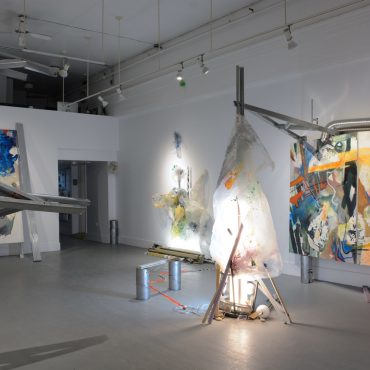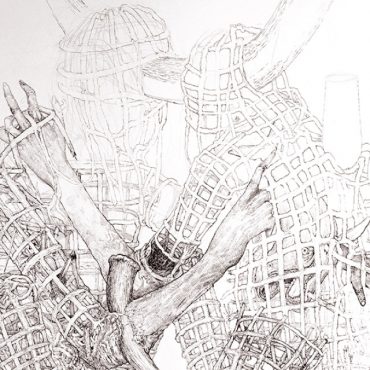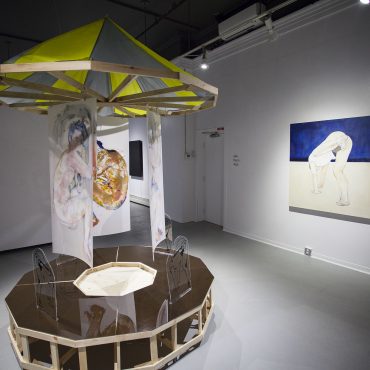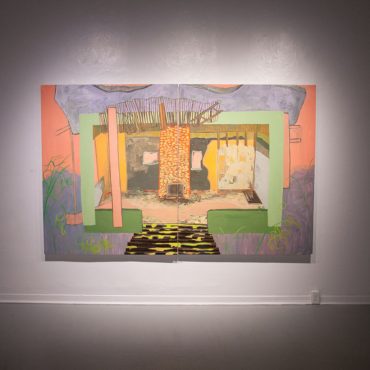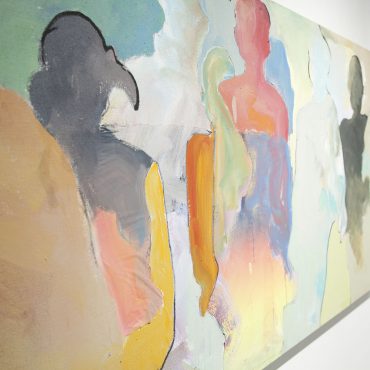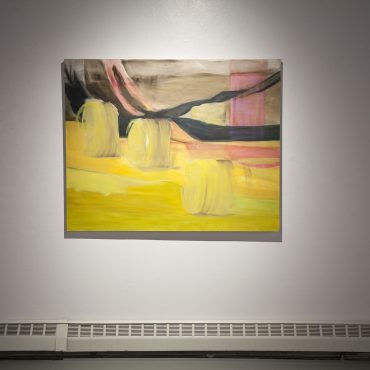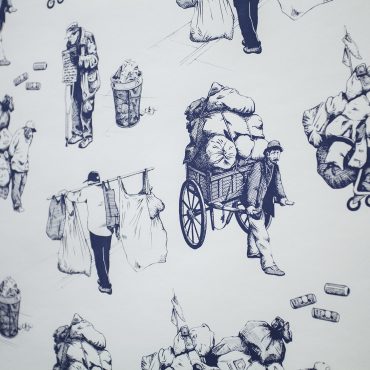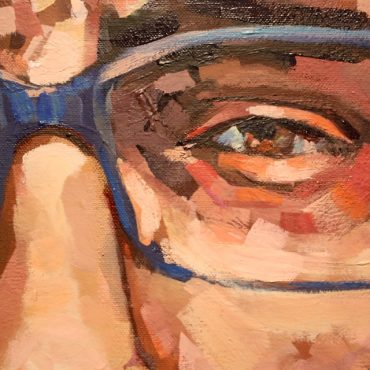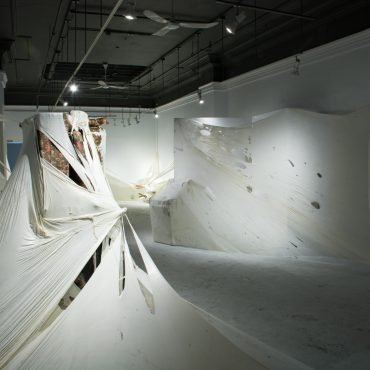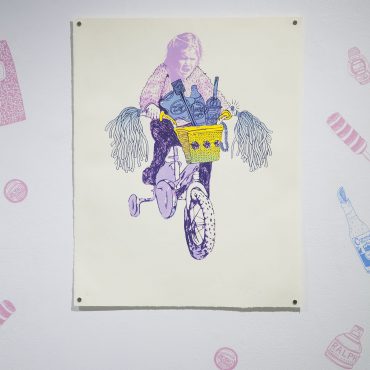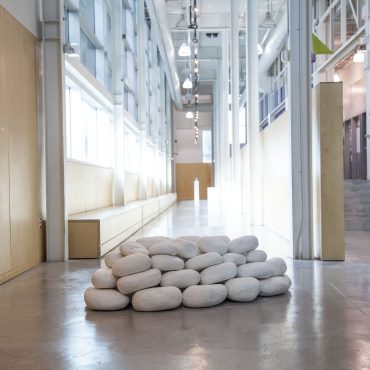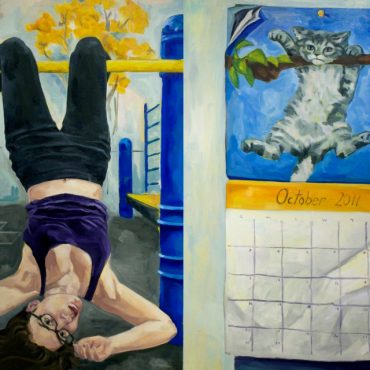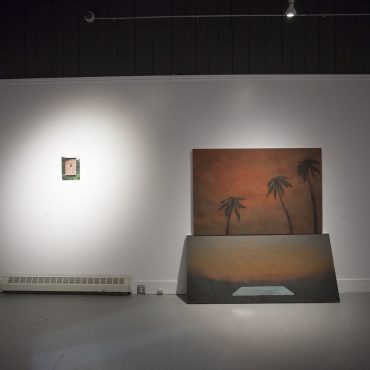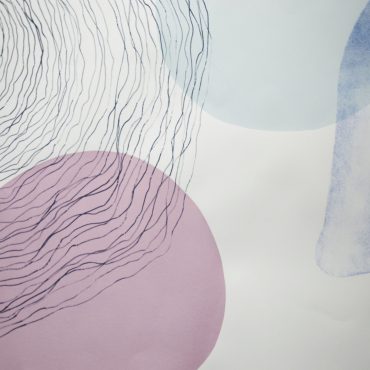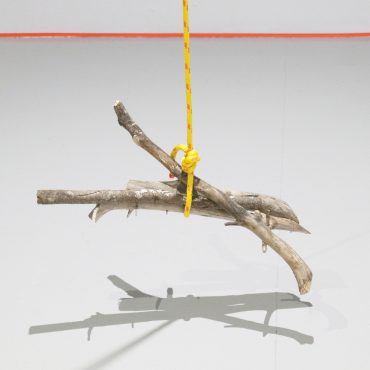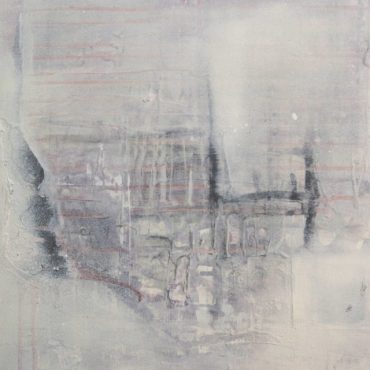BFA, Fine Arts
The Bachelor of Fine Arts, Major in Fine Arts program gives students the unique opportunity to specialize in a selected area while also exploring other fine art disciplines. You will learn how to manipulate a broad range of materials, articulate an awareness of the historical and conceptual roots of your work, take creative risks and overcome artistic challenges—these are necessary skills for any successful artist to possess.
Division: Fine Arts/Foundation
Degree: Bachelor of Fine Arts
Program: Major in Fine Art
Program Length: 4 years (see Degree Requirements)
Campus: Fountain Campus
Admission Deadline: March 1 for September; October 1 for January
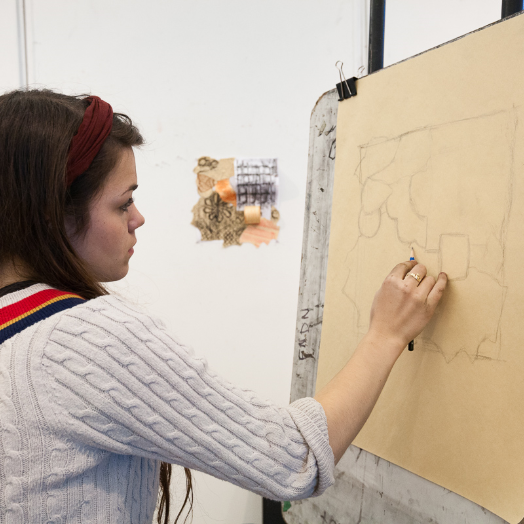
The principal courses in the fine art major allow you to explore the media and practices of drawing, painting, printmaking and sculpture:
Drawing: Drawing courses develop skill in the use of material, techniques and processes relevant to observational and experimental modes of drawing production. Traditional and contemporary approaches to drawing allow students to engage, through research, production, reflection and analysis, with the relationship between their drawing practice and contemporary culture.
Painting: Painting develops technical proficiency and critical thinking skills beginning with a focus on observational painting leading to explorations of abstract, non-objective and expanded notions of the medium including non-conventional use of material, surface and process. A program goal is to produce well-balanced and versatile graduates whose knowledge allows them to participate in the diverse realm of contemporary artistic culture.
Printmaking: Printmaking courses are designed for students who are interested in using print media as a part of an interdisciplinary practice, or for those who are committed to specializing in the discipline. Course work provides students with opportunities to develop unique methodologies for making artwork while also introducing them to the diverse range of print media’s historic and contemporary applications. Printmaking at NSCAD facilitates an exploration of print media that values experimentation and emphasizes exploratory research. Long-established printmaking processes—lithography, screenprint, relief, intaglio, letterpress and book arts—are taught alongside post-modern processes of collaboration, appropriation and dissemination. Area faculty offer courses and mentorship at the BFA, Post- Baccalaureate and MFA levels.
Sculpture: The sculpture program will provide you with the opportunity to articulate your creativity in the material world. Your ideas will be manifested in form and you will gain an understanding of sculpture from a historical context, as well as explore contemporary sculpture as it relates to both new and existing technologies. Interdisciplinary practices are welcomed and encouraged, whether it is in object making, installation, performance, art in public spaces, or a host of other cross disciplinary approaches–the choice is yours. Traditional sculptural materials such as wood, metal, concrete, plastics, fibers, etc. can be explored and incorporated with current and future technologies in digital media and computer aided design. Our program welcomes a wide range of methodologies and inquiry, and encourages a multi-disciplinary approach to sculptural practice.
In addition to your chosen area of study, you will have the opportunity to take other courses that explore a diverse range of visual arts concerns from an interdisciplinary approach. At the senior level, these courses also provide you with opportunities for internship placements in galleries, museums and artist-run centres.
Graduates of NSCAD’s fine art major are successful studio artists, gallery administrators, film/theatre set designers, illustrators, professional printmakers and arts writers. Many pursue graduate studies and become critics, curators, architects, gallery/ museum archivists and college/university professors.
What Our Fine Art Students Can Expect
– The Fine Arts facilities are divided between the Fountain and Port campuses. Many of the studios are accessible twenty-four hours a day, seven days a week. The Fountain Campus has studio spaces for all levels of painting, including dedicated studio spaces for advanced-level students. Large classrooms are dedicated to advanced drawing courses. There is also a spray booth and an individual stretcher-making area that students can use under the guidance of a technician.
– A faculty of accomplished artists, scholars, educators and leaders in their craft with diverse backgrounds that offer students a wide range of skills, information and opinion.
– Through mentorship, practice and discussion, you will form and articulate an awareness of the historical and conceptual roots of your work. You will develop technical and critical skills and progress to advanced levels of independent study.
Featured Courses
Workshop: Aqueous Media
(DRAW-2306) Through this introduction to aqueous media, students will use watercolour and other water-based media to explore the dialogue between drawing and painting. Both traditional and non-traditional approaches to aqueous will be presented. A study of historical and contemporary artists will encourage the development of an individual approach to the media.
Painting Through the Screen
(PNTG-3401) This course explores painting as it exists in today’s screen-based image culture. The screen will be discussed as a conceptual, historical and material framework that alters the way we approach both the act of painting and the act of looking at painting. Students will participate in discussions around the role of digital technology in painting practice and will be introduced to fundamental elements of digital visual literacy, such as digital documentation and creative coding. Through a series of projects, students will explore digital methods of image production in dialogue with traditional painting techniques. Throughout the course, students will read selected texts, receive instructional demonstrations, and develop individual projects through self-directed research. As a group, the class will develop a dialogue around the relationship between painting and the screen within contemporary art.
Screen Printing
(PRTM-1500 ) This foundation-level course is an introduction to basic technical, and thematic concerns of Screen Printing. Students will learn to create original prints using a variety of processes with relationships to a broad range of media and methodologies. The class includes technical demonstrations as well as introductions to theoretical, historical, and thematic concerns specific to print media through presentations, experiential exercises, discussions of readings, the viewing of original printed artwork, and class critiques of student projects.
Installation Art
(SCLP-2122) Over the last century, artists have asked how sculpture can occupy an expanded territory using physical sites and lived experience as key points of exploration. What happens when sculpture intersects with landscape or is integrated with the surrounding environment? What happens when the artist makes a wider examination of experiential space? The aim of this course is to approach sculpture and installation with these questions. Through studio production, reading and visual research, written proposals and the construction of maquettes, students will develop a final installation project.
Please visit the Academic Calendar for a description of all courses available during your undergraduate studies.
Fine Arts students experiment with both traditional techniques and unconventional methods and routinely show their work on and off campus.

